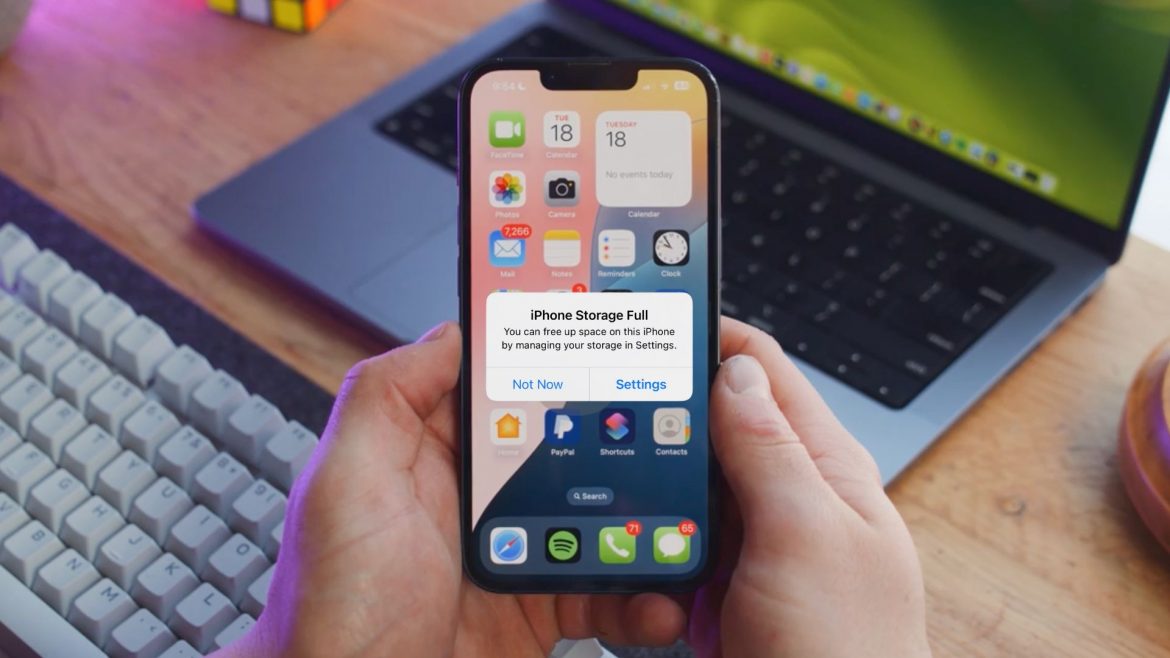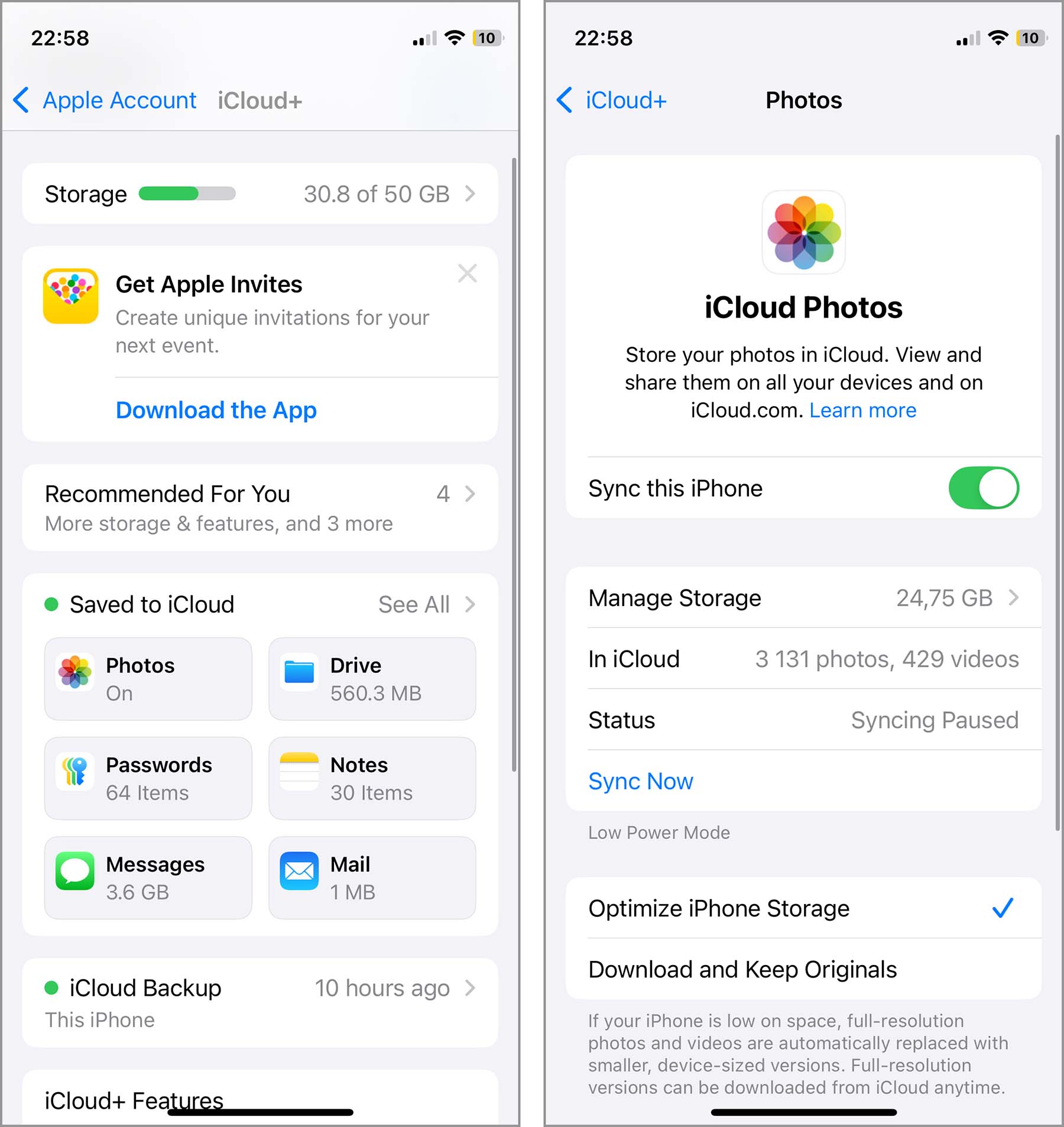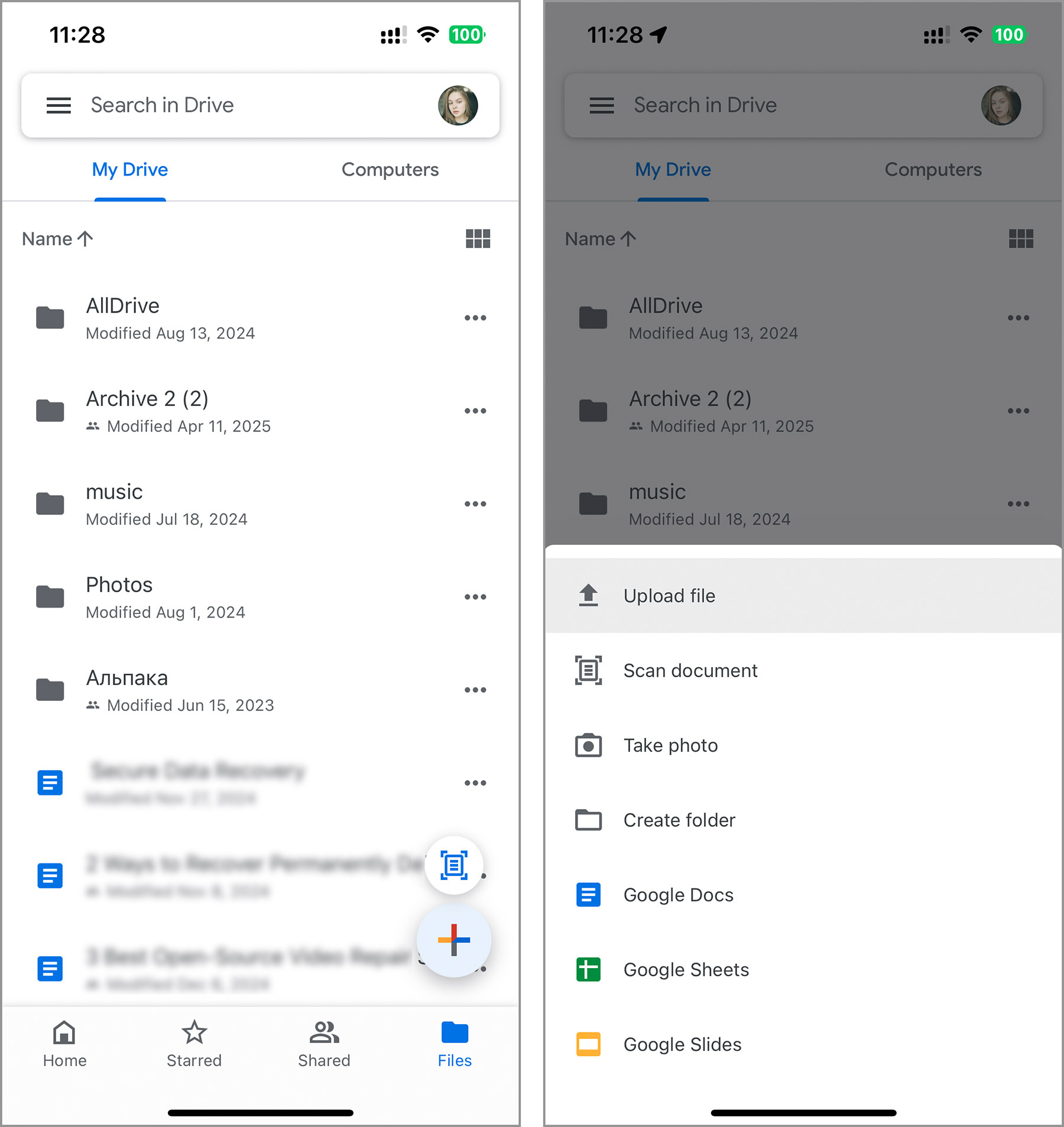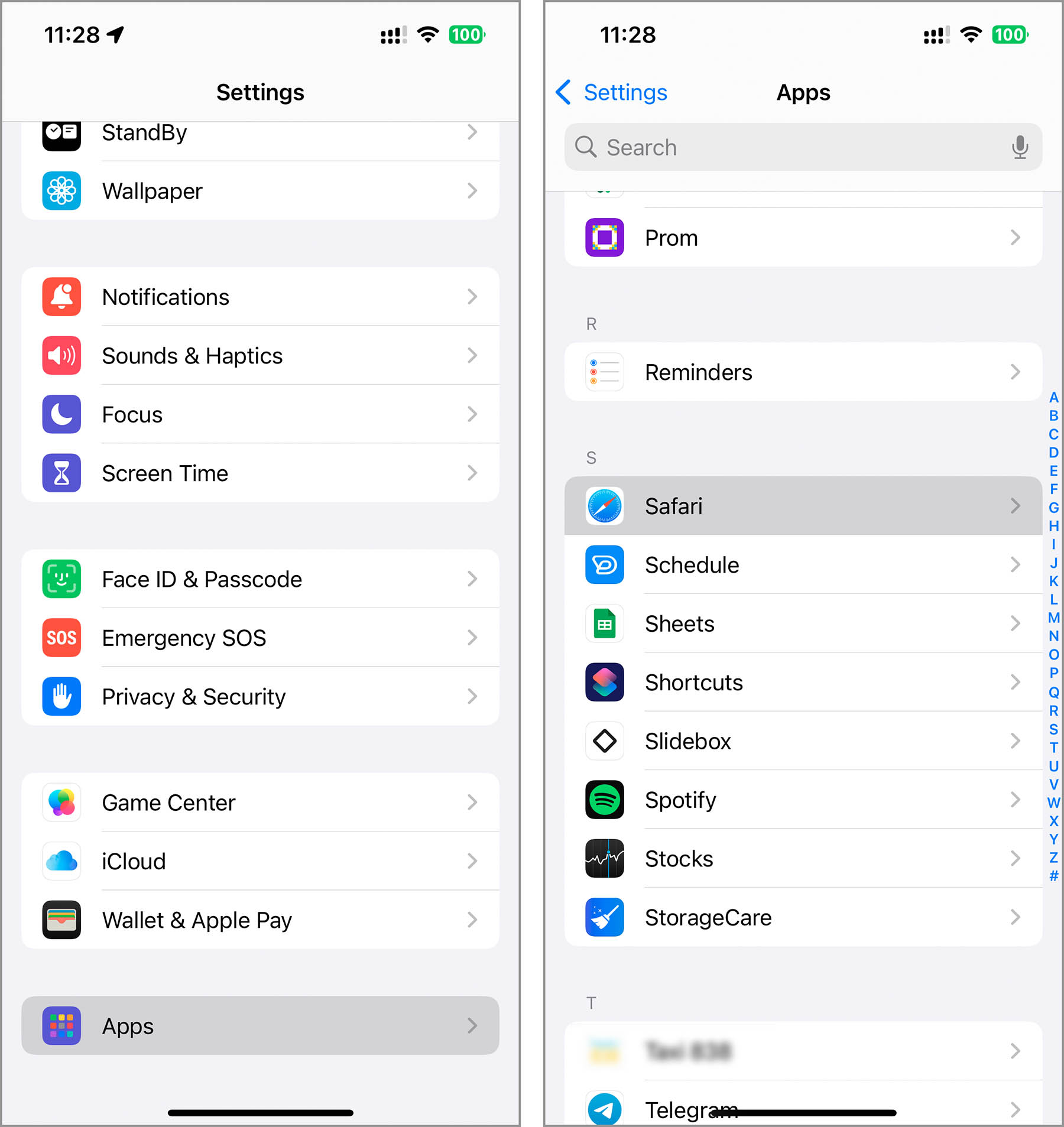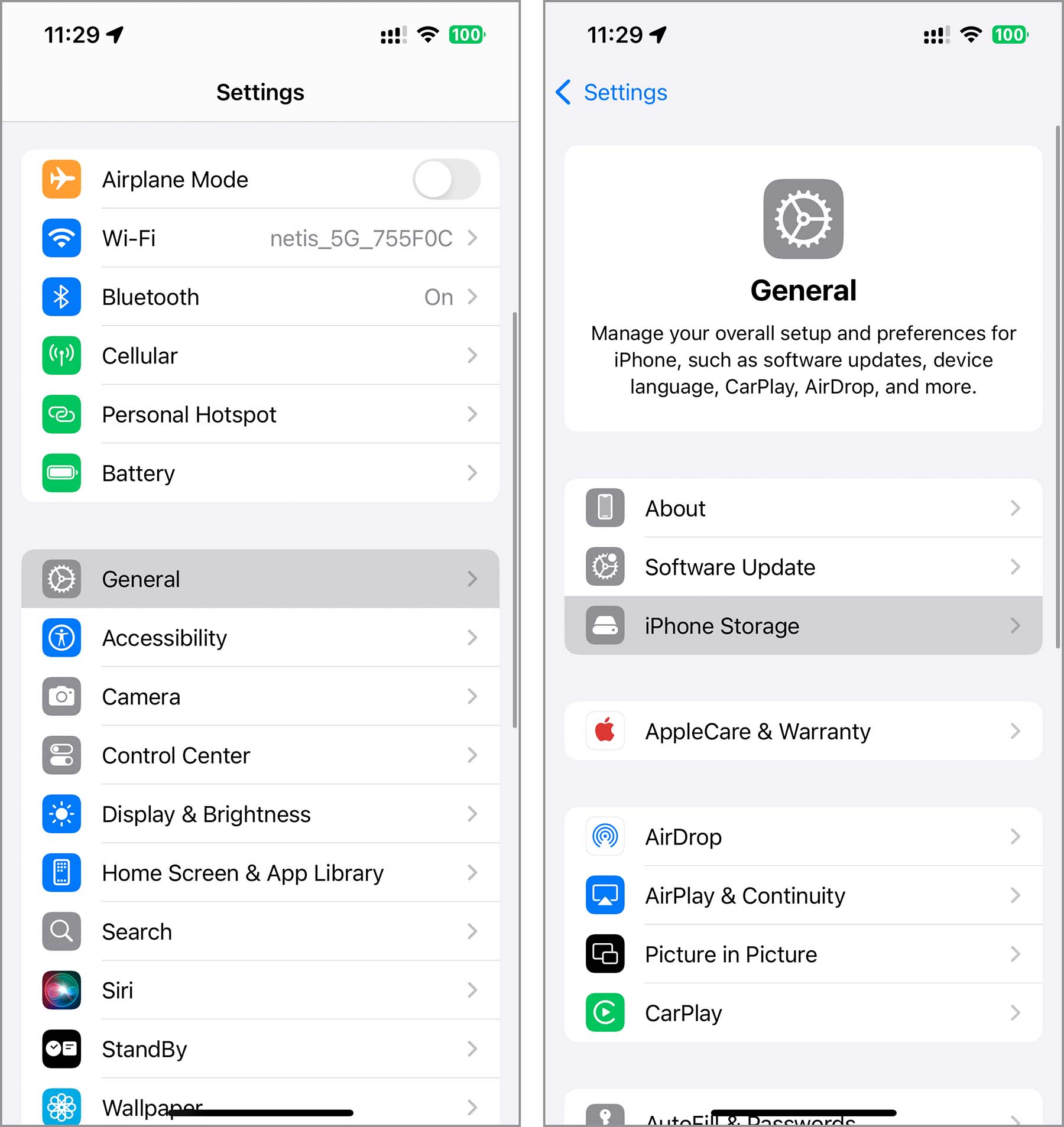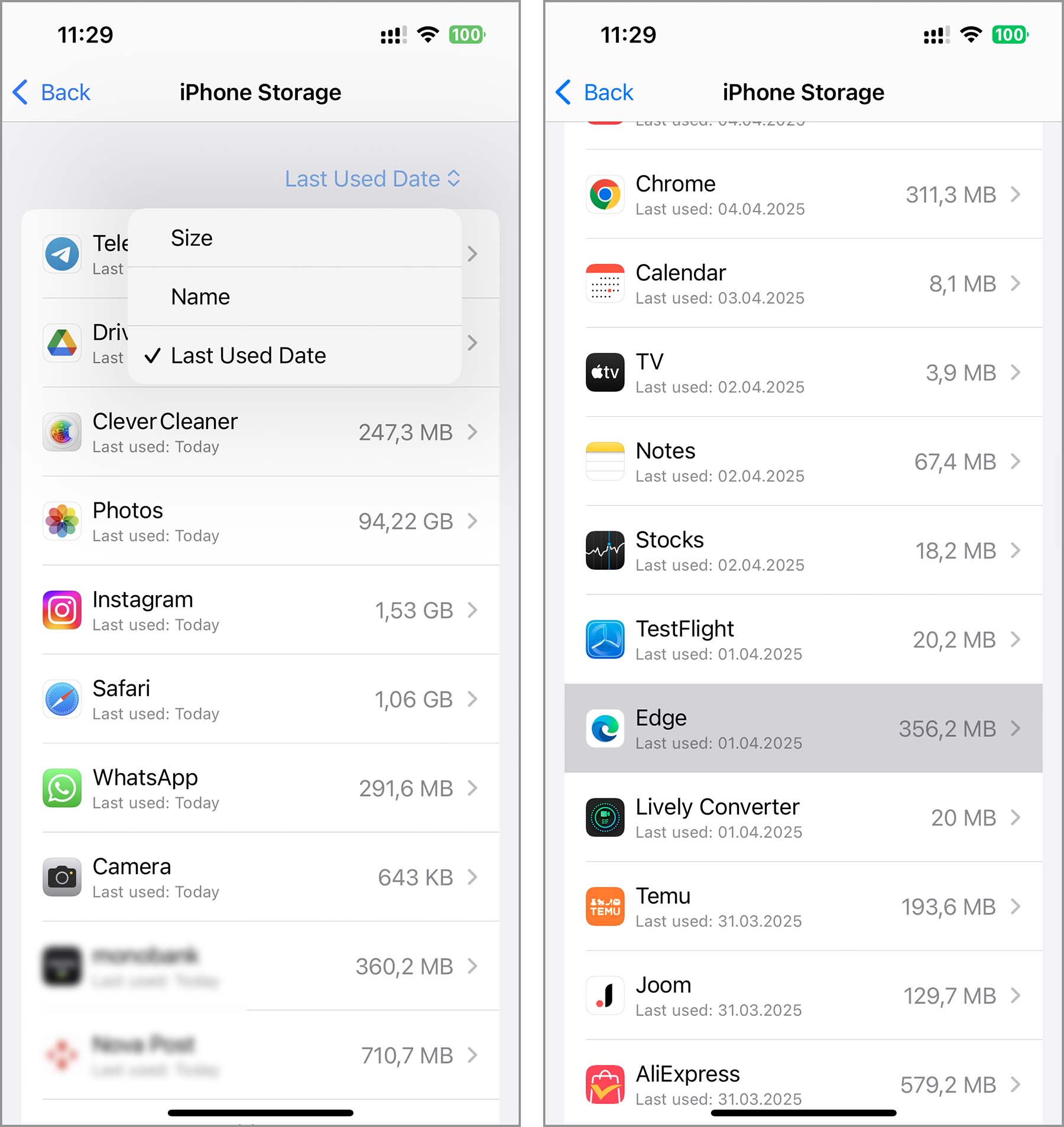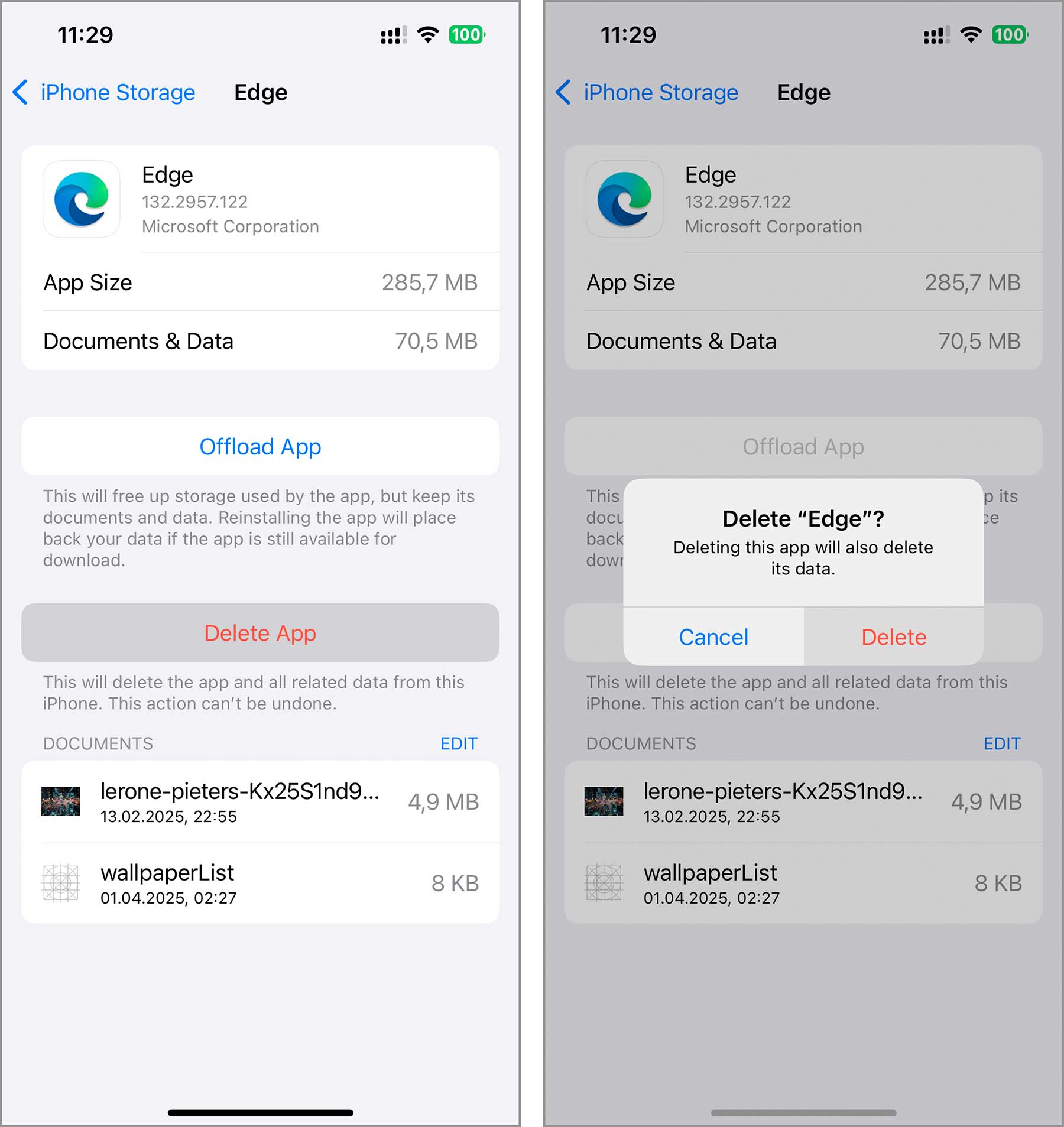Both Artificial Intelligence (AI) and automation are currently rapidly transforming the way we live and work. These new emerging technologies impact various sectors by increasing effectiveness, cutting expenses, and simplifying repetitive tasks. Businesses around the world are already utilizing these innovations to boost workflows, upgrade decision-making, and increase employee output. One of the main issues, though, is how AI and automation can improve worker productivity without sacrificing their creativity and open-mindedness. Let us explore this topic in detail.
Common Ways AI and Automation Boost Worker Productivity
Workplace output can be incredibly enhanced when businesses start utilizing automation techniques and AI tools. These technologies must be used with caution, though, if you do not wish to fight popular side effects, like discouragement, indifference, or lack of enthusiasm. Overusing such innovations might lead corporations to counterproductive aftermaths.
Whether you are looking for a sales team productivity boost, or want to empower your customer care department with

Get Weekly Freelance Gigs via Email
Enter your freelancing address and we’ll send you a FREE curated list of freelance jobs in your top category every week.
If employed correctly and with precise supervision, both automation and AI can boost worker productivity in the following ways:
- Automated Repetitive Tasks – Employing technologies based on Artificial Intelligence and Machine Learning can lead to widespread automation. Most AI-powered tools can easily take care of tedious and time-consuming repetitive tasks. These include entering data, processing invoices, or managing schedules. Automating these tasks allows employees to concentrate on more complex issues.
- Faster Decision-Making – Today’s analytics are more often being guided by AI, which allows teams and supervisors to access key factors derived from past data. The quicker the tools analyze data, the faster decision-making becomes. Yet, it is not entirely about speed—this also allows companies to make more precise decisions over time.
- Improved Communication – Artificial Intelligence has the capacity to boost modern chatbots and virtual assistants. AI-driven customer service is commonly utilized as the first step to address clients’ inquiries. Furthermore, these tools improve in-house communication, speeding up collaboration, which leads to increased productivity.
It does end here. AI and automation can boost worker productivity with personalized workflows, including customized settings, tool layouts, and specific features. Also, automated and AI-based solutions help reduce basic human errors, leading to improved precision and reliability in tasks such as managing payroll or creating financial reports.
Boosting Worker Productivity With AI In Well-Being
According to the recent American Psychology Association’s 2023 Work in America™ Survey, psychological well-being plays a vital part for 92% of workers. The same studies show that 77% of workers have experienced work-related stress, leading to negative impacts, such as workplace burnout, in 57% of cases.
That is why employers need to address their employees’ well-being like never before. Interestingly enough, AI and automation might come in handy in such cases. Since worker productivity is not all about efficiency and a high success rate, it seems crucial to handle all emotional and psychological issues with the necessary care.
AI can contribute to building a healthier and more stable work environment, which is possible thanks to:
- Workload Monitoring – Utilizing AI-based analytic tools leads supervisors to gather much-needed knowledge regarding potential workload imbalances. This can lead to task reallocation, should burnout dangers arise.
- Mental Health Support – Some applications utilizing AI and ML are likely to provide stress management tips and tricks. Others might share useful mindfulness exercises to relieve employees from unnecessary anxiety and nervousness.
- Work-Life Balance Enhancement – As AI apps optimize scheduling, they have the potential to lead workers into balancing their work obligations and everyday life. The result is simple, yet important: employees do not work beyond reasonable hours.
All these factors play a vital role in creating a healthy workspace and helping employees to maintain their productivity levels. Worker mentality should become one of the main factors for employers to take care of. Psychological well-being leads to more happiness and satisfaction, causing a professional to stay industrious for longer.
Human Resources Can Improve Productivity With Automation
Besides AI-centered apps, modern businesses are also relying on automation techniques and systems. Companies understood the rewards of automation already back in 2017 when 99% of business leaders embraced total automation advantages. Among the most commonly addressed factors were manual error reduction, improving product quality, and enhancing productivity levels.
As more and more companies (31% as of 2023) are automating at least one of their key business functions, 56% of Human Resources departments have increased their revenue by adopting AI technology. Such solutions can improve HR in the following areas:
- Auto Resume Screening – AI can quickly go through resumes, evaluating the ones that fit HR’s requirements best. Screening candidates based on set guidelines minimizes the time needed for recruitment by filtering the right potential employees.
- Worker Onboarding Processes – With the use of automated AI solutions, HR departments can quickly onboard new workers. Pre-set training courses are used to respond to all frequently asked questions employees might have at the beginning.
- Precise Performance Tracking – If HR needs to evaluate workers’ productivity levels, this process can be streamlined by automation and AI. Modern solutions deliver analytical suggestions for further improvements that can be widely used in a firm.
How do AI and automation in HR help with enhancing productivity? This department can focus on more creative and intriguing tasks, leaving simple and repetitive, yet time-consuming errands to be done by machines.
How AI and Automation Will Improve Productivity In The Future?
The future of automation and AI in the workplace? Very very promising. The work environment will be heavily influenced by emerging technologies, leading more companies to reach out for productivity-improving tools. The main trends to follow include:
- Creative AI – Models based on Artificial Intelligence could possibly become more creative in terms of content and graphic design.
- Hyper-Automation – End-to-end corporate activities might be enhanced with the combination of AI, Robotic Process Automation (RPA), and Machine Learning (ML).
- AI Personal Assistants – Virtual assistants are likely to become even more sophisticated, answering complex and advanced client inquiries.
Overall, both automation and AI are no longer just futuristic concepts—these technologies are already transforming the work landscapes of today. As these tools progress, their contribution to worker productivity is going to grow beyond limits. Businesses should not just observe how AI and automation influence the nature of employment—the time to adapt and adopt is NOW.


Keep the conversation going…
Over 10,000 of us are having daily conversations over in our free Facebook group and we’d love to see you there. Join us!


